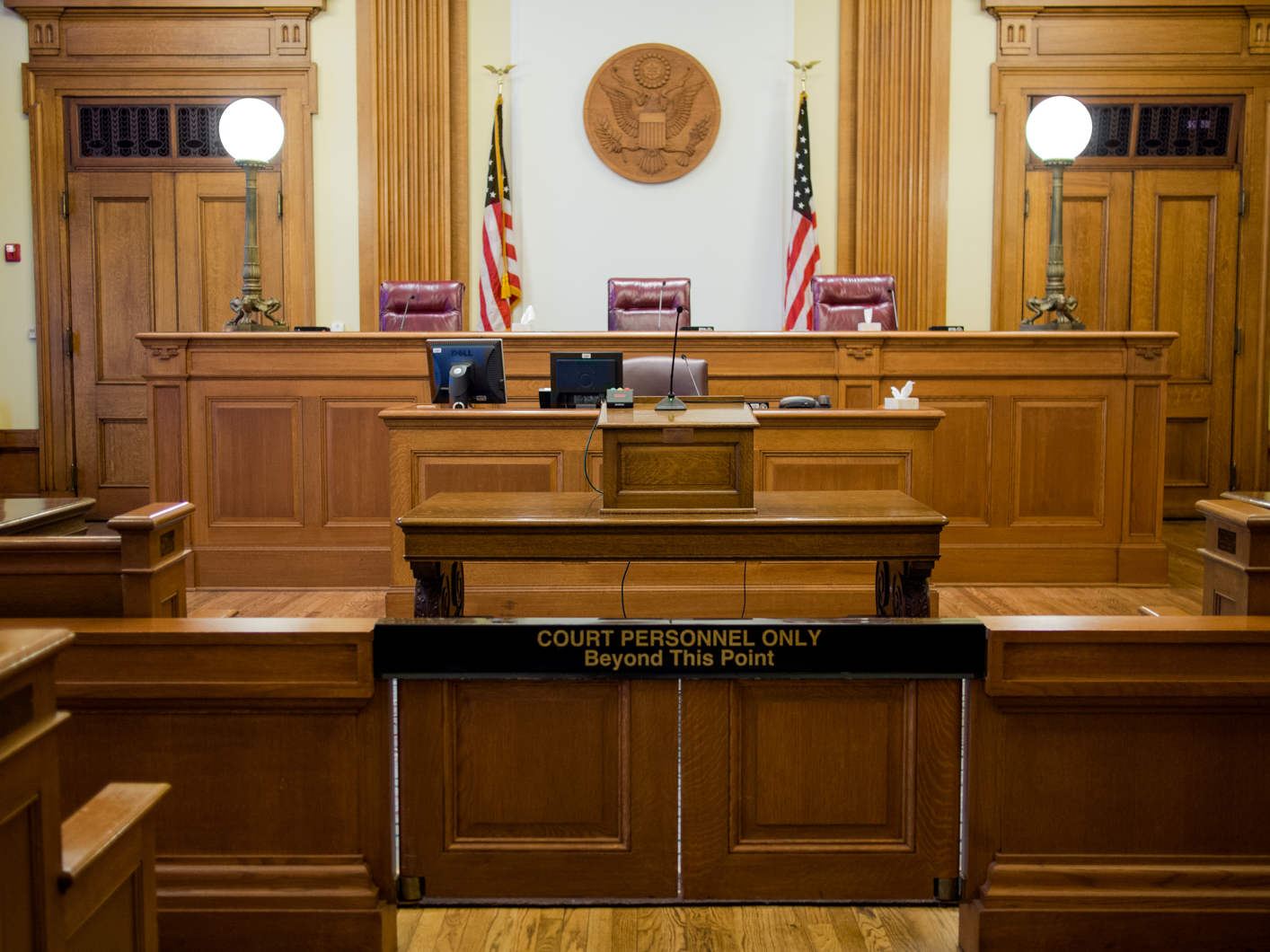Writer’s note: This piece is the first in a multi-part series on criminal justice reform. The series will examine variation in criminal justice policies between states and evaluate the effectiveness of local reforms that have aimed to reduce mass incarceration and improve treatment of ex-offenders.
Six months ago, the prospects of criminal justice reform were looking good. In his 2016 State of the Union Address, President Barack Obama called it a “bipartisan priority.” Bipartisanship was not some wild dream: while Bernie Sanders shouted about the absurdities of young black men locked up for 20 years for marijuana use and Hillary Clinton tried to distance herself from her husband’s “tough on crime” policies, fiscal conservatives questioned the high costs of incarceration.
Reforming criminal justice also grew as a moral issue. The spreading legalization and decriminalization of marijuana seemed to indicate a slow phasing out of the “war on drugs.” And the heroin epidemic—tragic as it is—is leading to a growing perception of drugs as a public health issue, not a criminal one. The Democratic Party Platform specifically called for ending mass incarceration, and it directly addressed the contributions of minority communities of color. Republicans seemed to be jumping on board too.
“We ended up putting people for long prison terms, which ends up ruining their life and hurting their communities, where we could have had alternative means of incarceration,” said Speaker of the House Paul Ryan, in March.
Then Donald Trump was elected President.
It is difficult to say exactly what Trump’s stance on criminal justice will be. But seeing as Trump the candidate campaigned on a platform of law and order and Trump the president-elect announced his intention to appoint Jeff Sessions as attorney general, it seems unlikely that Trump the president will implement criminal justice reform in the way Obama, Sanders, Clinton or Ryan might have. Some might say that the 2016 election was a major setback, and that criminal justice advocates will have to wait four or eight years. But the situation is not that simple, nor that hopeless. In reality, the federal government does not have that much sway over the prison population. According to the Prison Policy Institute, only 211,000 inmates are held in federal prison, compared to 1.3 million in state prisons and nearly 650,000 in local jails.
When it comes to state prisons and local jails, local prosecutors—not the federal government—have the greatest immediate sway in determining who goes to jail and for how long. John Pfaff, a professor at Fordham Law School, noticed a disturbing trend when he began investigating prison growth. Beginning in the mid-1990s, prosecutors became more likely to file felony charges. In 1994, just one third of arrests ended in felony charges; that number is now closer to two thirds. Felony charges lead to longer sentences. Most prosecutors work for the county, while prisoners are incarcerated by the state. Thus, prosecutors have little incentive to file lesser charges and seek shorter sentences—even when it would help reduce incarceration at a state level.
State laws with regard to sentencing can have effects on incarceration levels. In 2012, voters in California amended the state’s “three-strike” sentencing law. Passed in 1994—amidst fear of an American crime wave—the law had mandated that people convicted of a third felony be sentenced to life in prison. Following the amendment, the life sentence was only applied in cases where the third felony was a violent crime. As a result, the total number of three-strike prisoners declined by nearly fifteen percent between 2012 and 2015.
In 46 states, prosecutors are democratically elected. Historically, calls for “tough-on-crime” policies have played well with voters: no politician wants to be known for allowing dangerous criminals back into communities. But many criminals are not dangerous, and incarceration can devastate communities. And in some places, it seems like both prosecutors and voters are coming around. Beth McCann was elected district attorney in Denver after advocating mental health and substance treatment, rather than prison, for minor offenses. Her campaign website promised to “address disproportionate incarceration of people of color.” In Houston, Kim Ogg was elected with the support of members of the local Black Lives Matter movement. Reform-minded candidates also gained victories in Tampa, Orlando, Chicago, St. Louis, and Atlanta.
Many key elements of criminal justice reform—eliminating the school-to-prison pipeline, reducing racial disparities in sentencing, and improving integration of former prisoners into society—can happen at a local level. Recent reform efforts in various states and localities provide some insight into policies that might begin to reduce mass incarceration and put the United States on a path toward a better criminal justice system.
The United States still imprisons more people than any other country. Ending mass incarceration was never going to be easy, and the election of Trump almost certainly will not help the situation. Nonetheless, a lot of the tools and programs that judges, police officers, and district attorneys could use to reduce incarceration are already in place. Post-election, many reform advocates may be wondering where to look for hope. Criminal justice reform is a good place to start.




